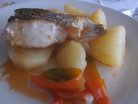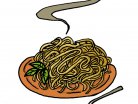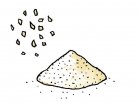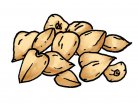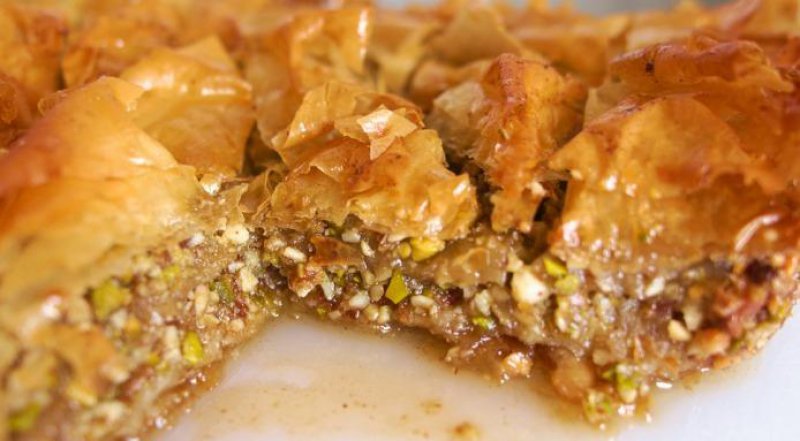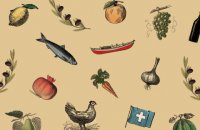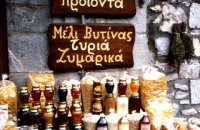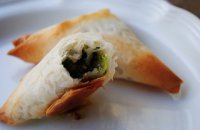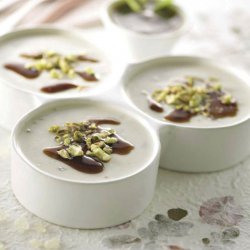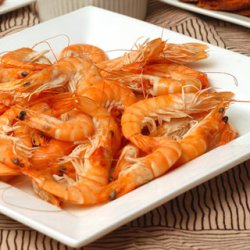Greek cuisine boasts a variety of dishes for specific occasions, primarily for festive periods like Christmas and New Year’s. The "Christopsomo" is the bread made on New Year’s Eve throughout Greece, decorated with agricultural and farming symbols. Such aspects reflect an attempt to positively affect the development of things and bring good luck to the family. The "Vasilopita" is another New Year's bread, prepared to symbolize good luck and good wishes. While in some regions it is a sweet bread, it appears in others, like Macedonia and Ipiros, as a sweet or salty pie. The ingredients of course are always seasonal, such as pumpkin, pork, and lamb.
In every corner of Greece there are differences in both the ingredients and the method of preparation. For example, in Zakynthos the Christopsomo is kneaded with leaven, almonds and spices, while in Crete with raki (a strong spirit) and mastic. In northern Greece, the Vasilopita is a pie with sesame or a sweet pumpkin pie, while in Lesvos it is made with myzithra cheese. In the Ionia and Ipiros, villagers make it with meat (lamb or pork), feta cheese, and plenty of spearmint. A typical, though commonly forgotten sweet, is the small vasilopita, a tiny sweet pie from Smyrni that has a stamp with the two-headed eagle on its surface.
The vasilopita is only the beginning of the sweets that you will find at Christmas time. The Christmas table is almost always replete with "melomakarona" and "kourampiedes," both traditional cookies. By the celebration of Fota (6th January, Epiphany), you will find "diples," a deep-fried pastry served with walnuts and honey, all over Greece. These sweets, too, can be found in many regional variations. The "lalagia," a pancake of rice with honey and nuts, is a typical sweet that is connected with Christmas time, in that it commemorates the arrival of new life in the world. This sweet can be found in many variations, like "xerotigana" (fritters with honey) and "loukoumades" (honey puffs).
During older times, Christmas was the season when the villagers would slaughtered their pigs. Each household bred a pig from the beginning of the year that by Christmas they would slaughter and use in its entirety. Nothing could be wasted, from the blood to the bones. This way each household had its own meat, sausages ,and salted pork for the most part of the winter. Still today, it is customary to eat pork meat at special dinner from Christmas through until Fota. Typical dishes are "pihti," a jelly made from the head and feet of the pig with small pieces of meat and vegetables, as well as roast piglet and sausages stuffed with myriad flavorings, orange and greens. The "syglino," the "luntza," and the "apaki," are pieces of the pork that will be either preserved in salt or smoked.
Pickled cabbage is another basic ingredient that is present all winter long in northern Greece, especially during Christmas. "Lahanontolmades" or "sarmades" in some regions are pieces of pork and rice wrapped in pickled cabbage. In Thraki, the festive menu includes the "tsaruhia" which are pieces of chicken wrapped in pickled cabbage. Before turkey came to predominate the Christmas table in the Western world, a practice that permeates much of Greece today, geese, ducks, and game (primarily wild boar and hare) were the main dishes for these twelve days.
































